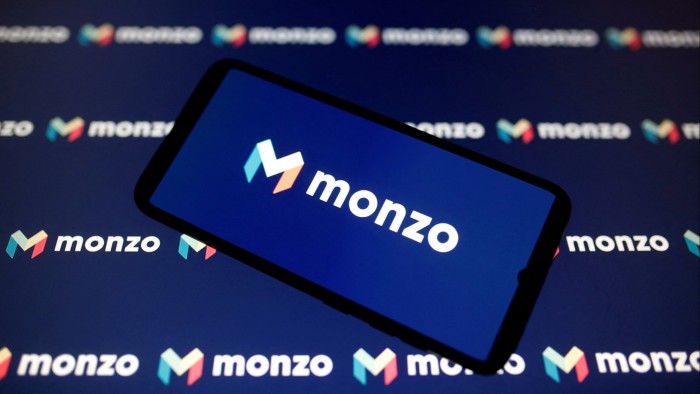Unlock the Editor’s Digest for free
Roula Khalaf, Editor of the FT, selects her favourite stories in this weekly newsletter.
For a brief moment in the late 2010s, Monzo managed the seemingly impossible: it made a bank seem cool. For a certain subset of tech-literate young Britons, pulling out a “hot coral”-coloured Monzo debit card became a gesture of status.
A decade on from its launch, Monzo says its customers “don’t just like, but love” the company. But it has yet to solve one of the biggest challenges facing many fintechs — convincing those lovers to break up with their other banks.
Bank customers are notoriously sticky, which makes it hard for any newcomer to break into a developed market. There’s a limit to the number of people who will devote much thought to their bank account as long as they are receiving the basics without issue.
That helps explain why only 56 per cent of Monzo account holders actually use their cards each week. Lots of people can be convinced to try a new app, but they can’t be bothered with the hassle of moving over their entire financial lives. The proportion of weekly users has been falling rather than rising over the past five years.

The fintechs that have come closest to overcoming the problem have focused on customers who can’t afford to be apathetic. Brazil’s Nubank, for example, targeted people who struggled to access traditional financial services; in the first quarter, more than 80 per cent of customers — almost 100mn people — used it at least once a month.
Chime — a US rival due to go public on Thursday, and which Monzo will have to contend with as it expands across the Atlantic — targets Americans earning less than $100,000, who often have to pay relatively high fees with traditional banks. It says two-thirds of active customers use it as their “primary financial relationship”. That’s harder to achieve in a market like the UK, where large banks have a legal requirement to offer free services to poorer customers.
Monzo is making some progress. It says about a third of customers now use it as their main bank account, up from 23 per cent a year ago. And pre-tax profit almost quadrupled in its last financial year, to £60mn. Trouble is, with low revenue per customer, its costs eat up 73 per cent of its income — high compared with the UK’s large traditional banks, despite the efficiency that comes from being primarily digital.
In that sense, Monzo is ageing much like its millennial customers. Their finances are much less precarious than they once were, but they still have a long way to go to catch up with their boomer predecessors.
https://www.ft.com/content/7a8a2a9d-cf7f-4e2f-aaf2-9927291e4bb1


